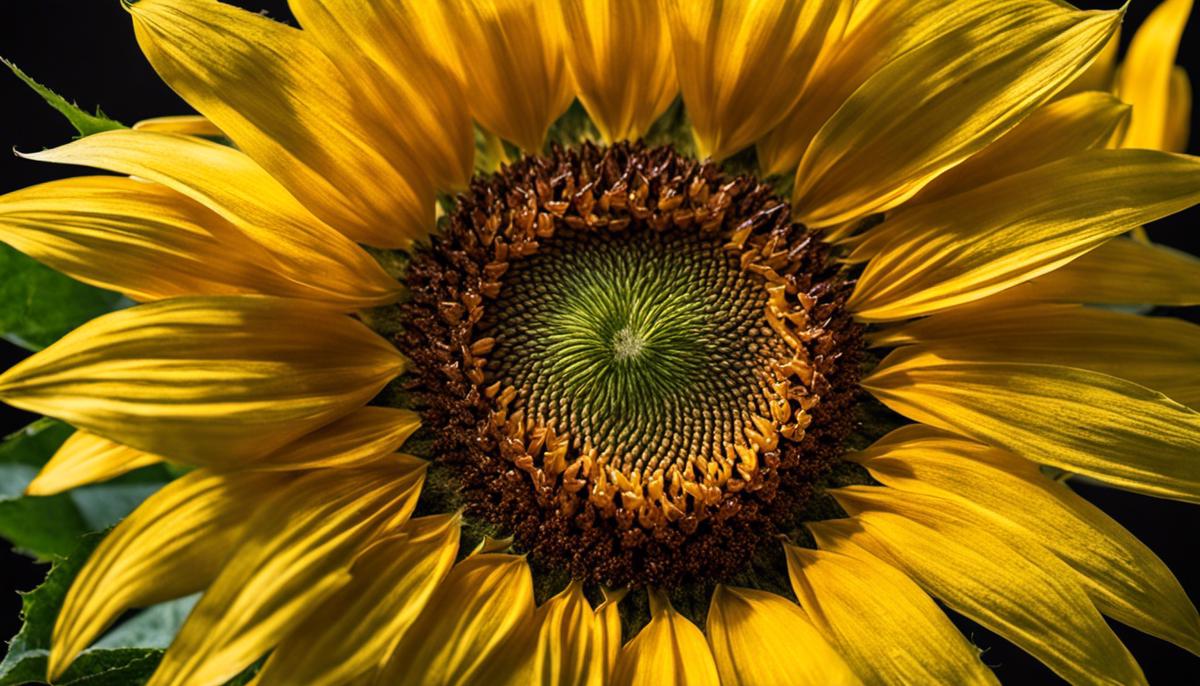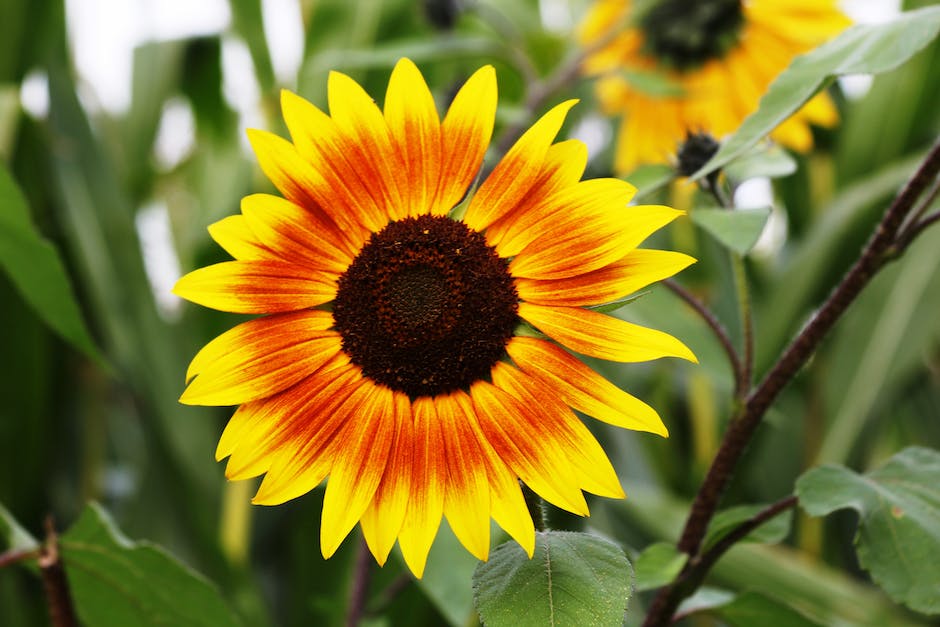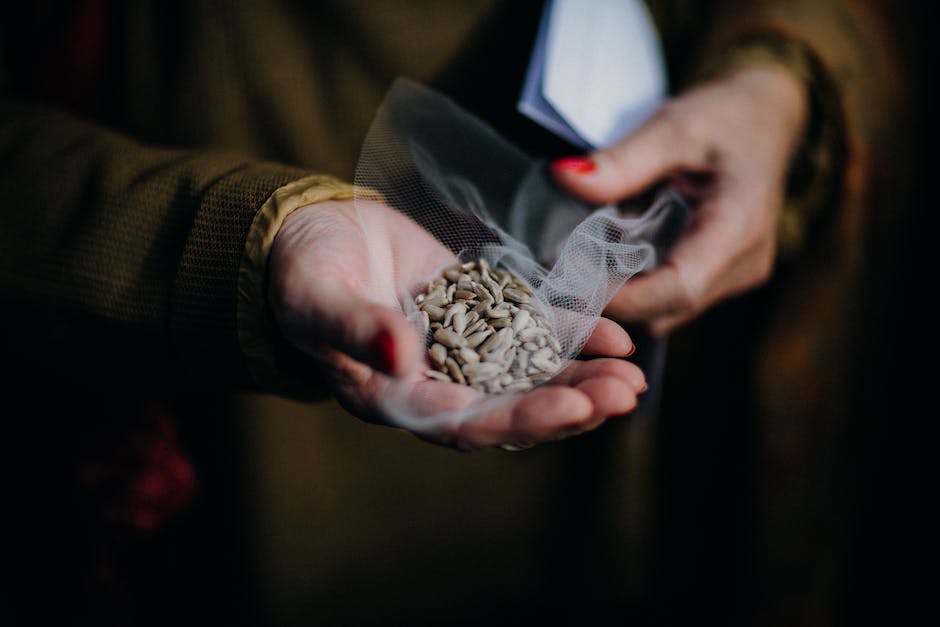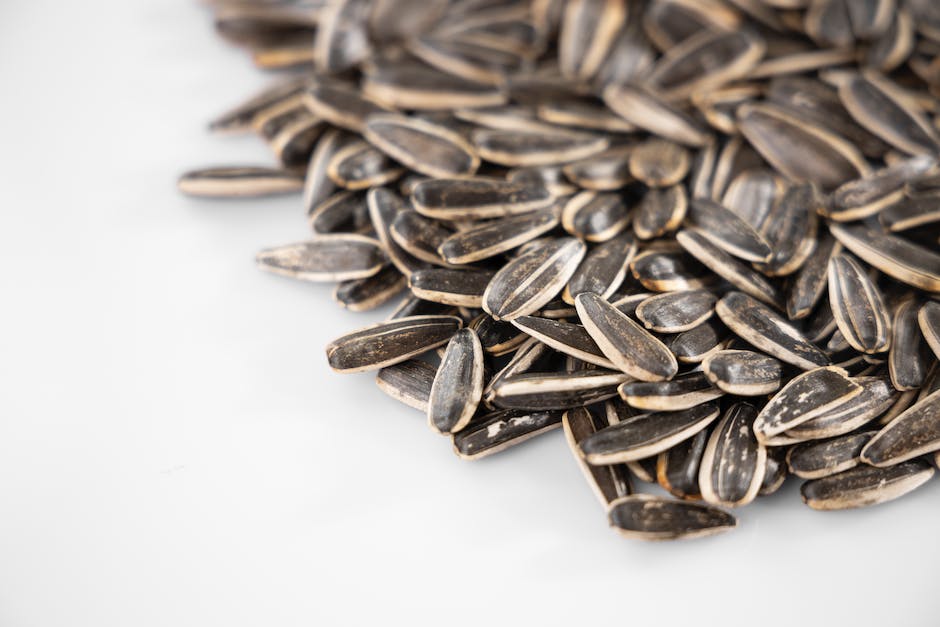Harvesting Sunflower Seeds: A Simple Guide

With their vibrant yellow petals and towering stalks, sunflowers are an attractive addition to any garden. Beyond their aesthetic contribution, these flowers also bear seeds that are both nutritious and valuable. If you’ve ever wondered how to harvest sunflower seeds right from the source, this guide will provide you with the knowledge you need. It begins with understanding when a sunflower’s seeds are ready for harvest. Identifying the maturity of your sunflowers is key, and recognizing signs such as the browning of the head and the drying of the petals is crucial. In the succeeding discussion, we delve deep into the step-by-step procedure to harvest these seeds effectively and maintain their quality during and after the process.
Identifying Sunflower Maturity
Harvesting Sunflower Seeds: Mastering the Art of Timing
Attention, aspiring sunflower hobbyists! Aiming to harvest your very own sunflower seeds but uncertain about the right moment to hoist in the bounty? It’s true that mature sunflower seeds hold a fascination of their own – brimming with potential, and at the precipice of adding vitality to spaces otherwise waiting to be enlivened. Decoding the perfect harvesting time can be a hurdle for beginners, but fret not – this article distills a comprehensive easy-to-apply guide to harness this wonderful hobby.
First things first, it’s essential to focus on the backdrop of the ever-charming sunflower – its petals. Over the course of their life, sunflower petals perform a captivating transformation from sprightly, lively, and youthful yellow, to slightly weary, droopy and even absent. This is a premier signal, often coinciding with the time most sunflower seeds are deemed mature for harvesting. The once beautiful, vibrant yellow petals will naturally shrink back, wilt and eventually drop off. It may seem counterintuitive to expect harvesting potential as the flower appears to wane, but it is indeed a testament to nature’s wonderful paradoxes.
Similarly noteworthy is the back of the sunflower head. A simple color change can spell a world of difference. The green head shifts to a brown or yellowish brown shade. This transformation in hue is usually gradual and discernible, signaling that the seeds are nearing their prime harvesting period.
Just as important is the sunflower stem. An optimally mature sunflower will display a stem that is rough and thickened, not green and fleshy. This sign shows that the head’s weight has indeed caused the stem to bear quite a load, indicating likely maturity of the seeds.
Now comes the moment of truth – the actual examination of the seeds itself. Mindfully and gently, scrape away a few of the front seeds and consider their appearance. Mature sunflower seeds typically have a hard shell, black-and-white striped coat and, when tasted, have a dry yet incredibly nutty flavor. The pores at the base of the seeds also start to close up – yet another cue that the sunflower seeds are ready to take center stage.
However, one last trick remains in the book for those looking for most surefire way. Cut off the sunflower head, turn it upside down, and rub the seeds out, akin to shaking out the dust in an old carpet. What remains will provide the most reliable testament.
Inherently simple yet elegantly nuanced, the art of determining sunflower seed harvesting time can be grasped by any eager enthusiast. As the petals fade, the back changes color, and the seeds harden, a thrilling moment arises. Yes, it is time. Time to reap the rewards of a hobby loved and nurtured, time to appreciate the transformative journey from the first tender sunflower bud to the final mature seeds, time to prepare for the next cycle of planting, nurturing and witnessing the glorious rebirth of nature’s sunshine!

Harvesting Process
The Art of Sunflower Seed Harvesting: A Step-Forward Approach
Ah, the realm of sunflower seeds – such a revered hobby! It casts its rays of charm and captivation over many, sparking not just a pleasurable pastime but a lifelong passion. The transformation of the sunflower and the process of nurturing them to the point of seed harvesting is no small feat.
After appreciating the golden-hued backdrop, observing the matte color change on the back of the sunflower head, watching the stem for signs of maturity, and indulging in the sheer joy of anticipating ripe, flavorful seeds, it’s time to take that big step forward towards achieving a successful harvest. However, let’s delve deeper into the precise process that ensures no seed goes to waste.
One of the substantial aspects of seed harvesting is the timing. Perfect timing is not only about observing but about feeling the rhythm of nature. Once the back of the sunflower head fades to a brownish hue, it’s almost showtime. The stem will shrivel a bit, signifying the approaching harvest period.
Check for the closing of the pores at the base, a sure-fire sign that the seeds are at their prime. You could verify this further by visual examination and tasting. The seeds should be firm and have a pronounced, nutty flavor, indicative of prime maturity.
Now, take a sharp, clean pair of pruning shears, and cut off the sunflower head, leaving a few inches of the stem. The ideal way to do this is to make a clean, swift cut, which helps to maintain the plant’s overall health. Avoid yanking or pulling to protect both the sunflower and the precious seeds you’re eager to harvest.
With the sunflower head safely sheathed, gently rub the seeds out onto a clean, flat surface. The seeds should drop out readily, asserting their readiness to be harvested. Keep in mind; the sunflowers don’t have to be completely dry before you harvest them. The seeds will continue to mature even after the sunflower has been pruned, as long as they aren’t exposed to excess humidity or direct sunlight.
In case some seeds are determined to cling onto the head, coax them out with a gentle whisk of a butter knife or a soft brush. This will dislodge even the most stubborn ones without damaging them. Remember to do this with patience and care, qualities that make sunflower seed harvesting both an art and a labor of love.
Now, the harvesting isn’t the end – it’s ushering in a new beginning. The removed seeds can serve as a delightful snack, or they can be sheltered through the winter, ready to be planted when the spring sun peeks out once again.
Sunflower seed harvesting, while exacting, is undoubtedly rewarding. So bask in the vibrant sun of this enticing hobby, and enjoy the process, every step of the way… Happy Harvesting!

Seed Storage
Having deciphered the mysteries of sunflower maturation and chalking up the confidence to perform the hands-on task of harvesting these brilliant gems of nature, coming next is another crucial step – storage! Proper storage of sunflower seeds isn’t rocket science but does demand attention to ensure their longevity and savory essence. Let’s delve into some handy storage tips.
Ventilation tops the list of essential elements for storing harvested sunflower seeds. Ensure the seeds are spread across a well-ventilated section at home for complete drying. Dining tables lined with newspapers or a screened porch are perfect locations, offering ample ventilation and an opportunity for the seeds to bid farewell to any residue moisture.
Temperature control steps onto the stage next. Prolonged warmth can spoil the seeds and therefore, a cool and dry place is the best for storage. An often overlooked tip is to ensure is to keep these seeds away from fluctuating temperatures, extreme heat, or dampness. A steady, cool, calm environment will keep these seeds in their prime for much longer!
Once dried adequately, which may require about one to two weeks, it’s time to pack these perennial sunshine seeds. Glass jars with tight-fitting lids are unrivaled champions in this domain. They keep away moisture while allowing clear visibility of stored seeds – a smart choice both functionally and aesthetically! The clean and dry sunflower seeds are ready to take their position in the tidy jars.
Paper envelopes are another great storage solution. Eco-friendly and easily accessible, they can conveniently accommodate sunflower seeds. Labeling is beneficial as it helps keep track of the stored seeds and avoids any mixup down the line.
Freezing is an excellent option for those looking at long-term storage. Placing sunflower seeds in airtight containers or freezer bags can extend their shelf life up to a year. They can be used directly from the freezer as they do not harden and make for a crunchier bite.
Lastly, in the ongoing practice of sunflower seed harvesting and storage, remember to respect nature’s process and patiently wait for each stage to unfold. The joy of watching these beauties bloom from a seed to a flower and then harvesting them to once again become seeds is where the magic of this fulfilling hobby lies. Remember, proper storage is the foundation for preserving these sunflower seeds, your hard work, and the spirited enthusiasm for this sunshine-infused pastime.

Proper sunflower seed harvesting and storage are both art and science, promising not just a rewarding experience, but also the prospect of plant propagation or delicious, home-harvested snacks for your family. As we’ve learned, the journey begins with learning to identify the right signs indicating maturity. The process then transitions into careful harvesting, followed by diligent seed storage. Armed with this knowledge, you’re now ready to confidently grow, harvest, and store sunflower seeds. Remember, the key is to apply these instructions with patience and care to preserve the beauty, taste, and fertility of these effortlessly charming blooms.



